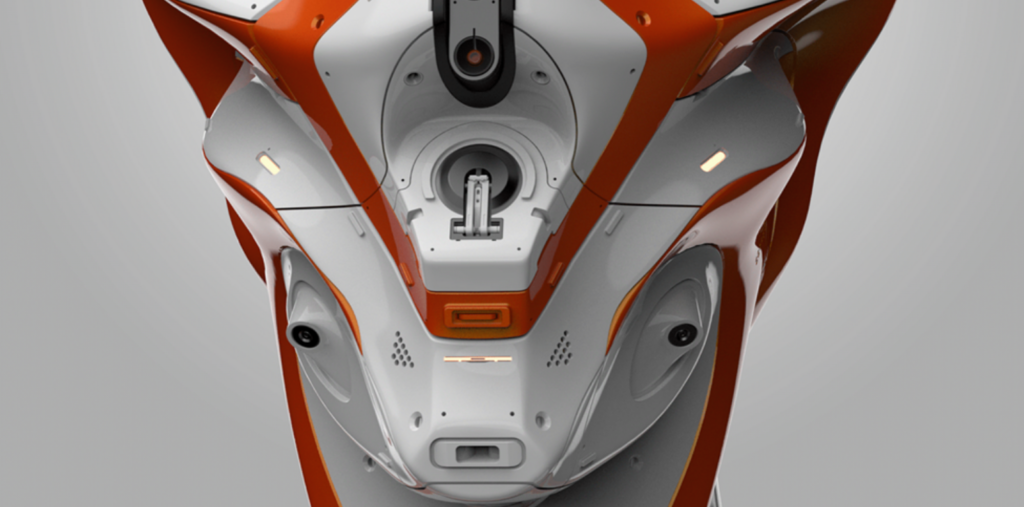blog post
Markets and Momentum

As the demand for AI chips continues to rise, market dynamics are poised to bring about significant changes. The growing need will attract more competitors, expanding the supply and inevitably leading to lower prices and tighter margins. Consequently, Nvidia, currently a dominant player in the AI chip market, is likely to see a decrease in its market share.
And as the AI market evolves, there will be a shift in computing demands from training AI models to inference—the deployment of these models in practical applications. Nvidia’s chips excel in training due to their specialized capabilities, but inference tasks can be performed by less expensive, more standardized chips, potentially eroding Nvidia’s competitive edge and paving the way for new market entrants.
This doesn’t mean Nvidia won’t remain a crucial player in the AI ecosystem by 2030, but the extraordinary surge in its stock price, which currently ranks it as the third most valuable company globally, may be seen in hindsight as overly optimistic.
Contrasting sharply with Nvidia and other major chip companies like AMD, Qualcomm, and Broadcom—which design chips but rely on external manufacturers like TSMC—Intel stands out for its in-house manufacturing capabilities. This distinction is critical, especially given the geopolitical significance of chip production. The U.S. has recognized the strategic disadvantage of depending heavily on foreign chip suppliers, as highlighted by the restrictions on AI chip exports to China, which have impacted China’s AI advancements.
The concentration of chip manufacturing in Taiwan, combined with rising geopolitical tensions, has led the U.S. to prioritize enhancing domestic semiconductor production. This effort was underscored by the $280 billion allocated in the 2022 CHIPS Act. Although Intel has lagged behind TSMC in recent years in developing cutting-edge chips, under CEO Pat Gelsinger’s leadership since 2021, the company has refocused on its manufacturing capabilities with signs of progress.
As U.S. Commerce Secretary Gina Raimundo emphasized, Intel is regarded as America’s leading chip maker, underscoring its pivotal role in national strategy and its potential commercial success.
While Nvidia’s market cap stands at a staggering $2.2 trillion, Intel’s, at $186 billion, is significantly smaller. However, the gap between the two is expected to narrow considerably by 2030, reflecting a shift in the competitive landscape where Intel’s unique manufacturing capability becomes a crucial asset.
Although artificial intelligence (AI) is a hot topic worldwide, the average person’s actual interaction with cutting-edge AI systems is currently limited to occasional uses of platforms like ChatGPT or Google Bard/Gemini. By 2030, however, the landscape will have drastically changed.
AI will permeate our daily lives, serving as personal assistants, tutors, career counselors, therapists, accountants, and lawyers. It will become a staple in professional environments, helping with tasks such as analysis, coding, product development, sales, customer support, team coordination, and strategic decision-making. AI relationships will also evolve, with it becoming common for humans to consider AIs as significant companions.
The integration of AI into society will follow a trajectory similar to Ernest Hemingway’s description of bankruptcy: “Gradually, then suddenly.” While some will adapt quickly to interacting with AI, others may resist longer. Nonetheless, the widespread adoption of AI is inevitable due to its cost-effectiveness, speed, and reliability in performing tasks currently done by humans.
Key Predictions for AI by 2030:
- Widespread Deployment of Humanoid Robots: Although today’s AI advancements are predominantly digital, the physical world stands on the brink of transformation. The future will see humanoid robots becoming common as they begin to perform physical tasks previously done by humans, ranging from factory work to service roles in various sectors. These robots will be designed to function in human-centric environments, necessitating a humanoid form. Companies like Tesla and startups like Figure and 1X Technologies are leading the charge, moving from pilot programs to mass production.
- Shift in the AI Terminology: Terms like “agents” and “artificial general intelligence (AGI)” will fade out by 2030. The capabilities currently categorized under “agents” will be inherent in all advanced AI systems, making the term redundant. Similarly, the pursuit of AGI will be seen as less coherent as AI develops unique capabilities that do not necessarily mirror human intelligence. The focus will shift to the extraordinary and diverse capabilities of AI, rather than its similarity to human intelligence.
- AI-Driven Job Disruption Becomes a Central Issue: The impact of AI on employment will transition from theoretical discussions to a tangible reality affecting many. As AI takes over roles across various sectors, significant job displacement is expected. This will lead to political upheaval, societal debates, and potentially civil unrest as communities and governments grapple with the rapid changes. Proposals like universal basic income might move from theory to practice as part of the response to widespread job displacement caused by AI advancements.
These changes indicate a profound shift not just in technology but in societal structures, economic models, and personal interactions, underscoring the transformative power of artificial intelligence as we approach 2030. Stay tuned for even more changes.
Author
Steve King
Senior Vice President, CyberEd
King, an experienced cybersecurity professional, has served in senior leadership roles in technology development for the past 20 years. He began his career as a software engineer at IBM, served Memorex and Health Application Systems as CIO and became the West Coast managing partner of MarchFIRST, Inc. overseeing significant client projects. He subsequently founded Endymion Systems, a digital agency and network infrastructure company and took them to $50m in revenue before being acquired by Soluziona SA. Throughout his career, Steve has held leadership positions in startups, such as VIT, SeeCommerce and Netswitch Technology Management, contributing to their growth and success in roles ranging from CMO and CRO to CTO and CEO.
